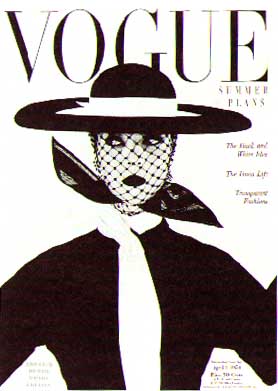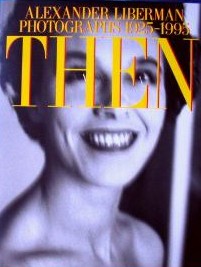| 1945, New York | Семён (Simon) Исаевич Либерман |
| Building Lenin's Russia - Построение России Ленина | |
|
Предисловие Глава 01. Революционная молодость Глава 02. Хозяева старой России Глава 03. Утописты у власти Глава 04. Изобретатели и прожектеры Глава 05. Мои встречи с Лениным Глава 06. Чека обращает на меня внимание Глава 07. Сановник нового режима Глава 08. Троцкий и Сталин Глава 09. Ленин меняет курс Глава 10. Народный комиссар Красин Глава 11. Первая брешь Глава 12. Советы в Европе. - Лондон и Москва Глава 13. Капиталисты приезжают в Россию Глава 14. Большевик в буржуазном окружении Глава 15. Мое коммунистическое начальство Глава 16. Под тяжестью испытаний Глава 17. Решение поневоле Глава 18. Социальная демократия при политической диктатуре Приложения: 1. Площадь лесов Европейской Росии (таблица) 2. Выдержка из статьи Ломова Семён (Simon) Исаевич Либерман, New Democracy Books, New York, 1945. 1st addition, 229p Liberman, Simon Isaevich. Building Lenin's Russia. Chicago: University of Chicago Press, (c. 1945). 1st ed. index, v, 229p Simon Isaevich Liberman, ISBN: 0883554372, Publisher: Hyperion Press, January, 1978, 228p
In the 1930s Liberman designed stage sets, worked briefly with a landscape architect. and worked on the staff of "Vu", the first magazine illustrated with photographs. Consequently, he became friends with Cartier Bresson, Brassai and Kertesz. Liberman began his publishing career as an
assistant in the art department, moved on to become art director, then managing
director. He even used a nom de plume to write their film reviews. In 1936
Liberman left the magazine and devoted himself to painting, writing and
filmmaking. During his long tenure at Vogue, Liberman commissioned artists such as: Cornell, Dali, Chagall, Duchamp, Braque, Rauschenberg, Johns to work on projects for the magazine. He was the only publisher granted the rights to reproduce images of Matisse's chapel in Vence, France.
In addition, Storm King Art Center, the most important contemporary sculpture park in America, has three monumental Liberman sculptures in it's collection. His public sculpture can be seen in over 40 cities around the world, including three that are located in Los Angeles. ------------------------------- Devlin, Polly, with an introduction by Alexander Liberman. Vogue Book of Fashion Photography. London, Thames and Hudson, 1979.Kazajian, Dodie, and Calvin Tomkins. Alex: The Life of Alexander Liberman. New York, A.A. Knopf, 1993. Lloyd, Valerie. The Art of Vogue Photographic Covers: Fifty Years of Fashion and Design. New York, Harmony Books, 1986 Чтиво www.pseudology.org |
|
 Alexander
Simon Liberman was born in 1912 in
Alexander
Simon Liberman was born in 1912 in
 He also had Jackson
He also had Jackson